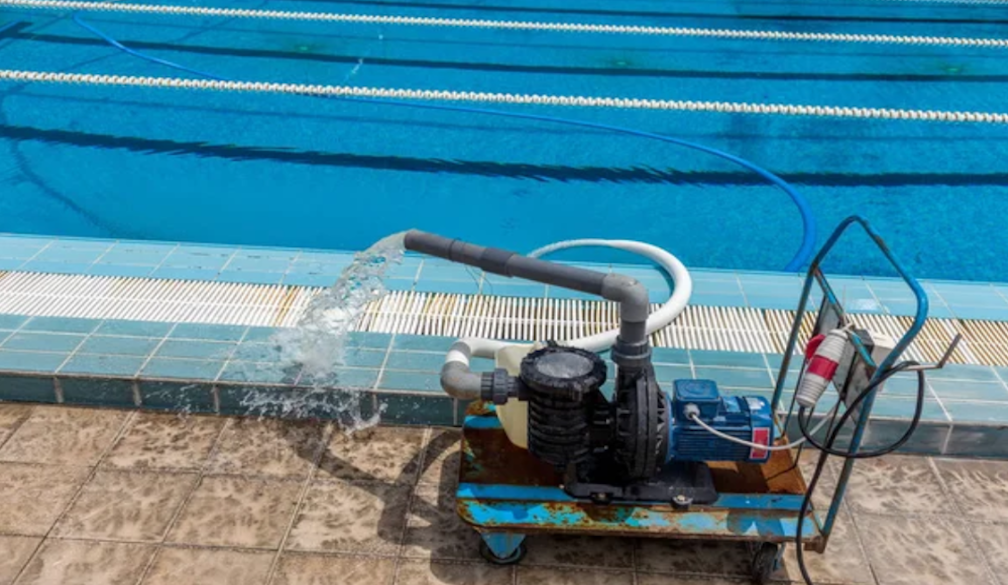Extreme weather now costs Australians $4.5b a year. Better insurance options and loans would help us adapt
- Written by Johanna Nalau, Associate Professor in Climate Adaptation, Griffith University
Today’s release of the Insurance Council of Australia’s report puts Australia on the spot: we rank second in the world in extreme weather-related losses. As the Insurance Council puts it, this is not the silver medal we want to win.
Why is this a problem? According to the Resilient Building Council of Australia, a collaboration of independent experts, close to 90% of Australian homes are not actually fit for a changing climate.
Many renters, low income groups, and people living in high-risk areas are especially vulnerable and often unable to even get insurance. In the 2020s, Australia has spent around A$4.5 billion a year on extreme weather costs, while insurance affordability and access are plummeting in regions that need it the most.
The report found almost eight in ten of the homes that face severe to extreme flood risk do not have flood insurance.
Australia’s first National Climate Risk Assessment, released last month, predicted a staggering 444% increase in heat-related deaths in Sydney as heatwaves become more severe under the most extreme scenario of 3°C degree warming by 2050. Other very dire numbers are outlined for climate risks across the country.
The insurance industry says we need to rethink how we can keep our communities safe and thriving in the face of escalating disasters. How do we make sure these safety nets actually work for people – especially when costs and losses are escalating?
Insurance in a changing climate
The federal government’s 2025 National Adaptation Plan makes it clear we need to act now in reducing these risks.
The changing climate will bring new types of risks to new areas. This is problematic as insurance is often based on existing trends and known risks. The industry also relies on current categorisations, such as cyclone strengths and wind speeds, in estimating losses and damages.
There are alternative insurance options already in use. For example, parametric insurance provides an automatic payout by the insurer when a particular event takes place, such as a storm at a specified wind speed or storm surge at a particular water height.
This way, the insured businesses or households do not need to wait for months of damage investigations, assessments and filling in claims. This form of coverage is used in the Pacific, where many islands face increasing climate-related disasters.
However, some analysts caution this approach can leave people worse off, as it might not cover everything needed for long-term recovery.
Other strategies include inclusive insurance delivered through cooperatives. These are often set up in low-income communities in developing countries, such as the Philippines, where insurance may not be available. They provide a community-based safety net to recover from disasters or other risks.
So how can we adapt?
We have a good understanding by now about the risks we are facing and what we need to do. Building more resilient new homes and retrofitting existing homes are among the first steps in protecting all Australians. Other strategies include:
Rethinking insurance: Some insurance companies, such as US commercial property insurer FM Global, have launched “climate resilience credits”, which support their clients to invest in climate adaptation options. If people can demonstrate they have taken direct actions to adapt their properties to climate risks – such as building flood levies, raising floor heights, or installing additional insulation against extreme heat – they pay less in premiums.
Reflect climate adaptation investments in property valuations: Currently, there are few legally required adaptation options for homes. Homeowners who invest in better drainage against excess rainfall or install additional insulation against extreme heat are not necessarily rewarded when it comes to higher property values or lower insurance costs. Having these investments reflected in higher property values could be an incentive for increased climate adaptation.
Climate adaptation and resilience loans: Some lenders, such as Westpac, already offer lower interest loans, such as a sustainable upgrades home loan that specifically support these types of upgrades, as well as energy efficiency. Bank Australia offers a clean energy home loan for building new greener homes. The insurer Suncorp offers lower premiums for households that have upgraded their cyclone resilience to prepare for storms.
There is also a need to rethink land use planning and whether we allow new developments to go on in high-risk areas both under current risks and future projections. This is not a new problem or solution, but one we need to take seriously now.
No silver bullet, but many options
These options are not available for everyone. Not everyone is able to take additional loans or make investments. This is where we need a scaled-up national approach in how insurance and lending can support Australians, especially those most vulnerable to climate change.
While the policy recommendations from Insurance Council of Australia are clear on the role they see for the government, there are also key roles for the private sector, communities, and organisations in fast-tracking national climate adaptation.
There is no one silver bullet for what we need to do. But we have an array of opportunities and options that can significantly strengthen how Australia adapts to climate change. The trick will be knowing what to scale up, and how.
Authors: Johanna Nalau, Associate Professor in Climate Adaptation, Griffith University



















